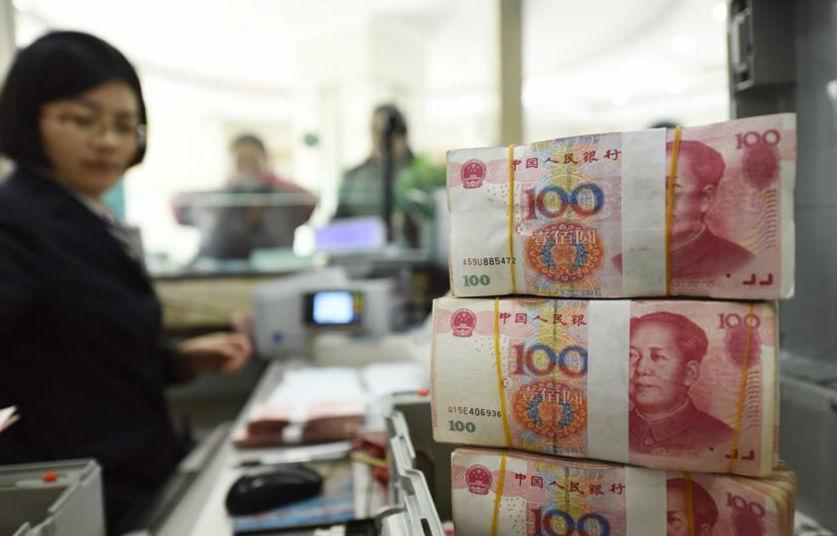BEIJING, Feb. 20 (Xinhua) -- Views on China's economic trajectory have turned more bullish recently with global investors and economists showing optimism.
China's economy grew at an average annual rate of 10 percent from 1979 to 2010. With the country shifting from export-driven growth to an economy powered by domestic consumers, the growth has trended lower since 2010, and the Chinese government declared a "new normal."
While slower growth is under way, U.S. investment bank Morgan Stanley said in a 118-page report that incomes are rising.
China's per capita income is now 8,100 U.S. dollars, according to the World Bank. The report said the figure is expected to pass the 12,500-dollar mark needed to reach high income status by 2027 and break out of the middle income trap.
Higher incomes bring about higher consumption, the report noted, estimating China's private consumer market will reach 9.6 trillion U.S. dollars by 2030 and account for 47 percent of GDP.
The future Chinese consumer will be richer, older and more tech-savvy, it said.
Jim O'Neill, former chief economist at Goldman Sachs, is also less worried about risks due to the fact that Chinese consumer spending has remained strong despite the slowdown in industrial output and investment.
Official data showed that consumption contributed 64.6 percent to China's GDP growth in 2016, and the service sector accounted for 51.6 percent. Retail sales, a key indicator of consumption, have been growing at double-digit rates annually for years.
Justin Lin Yifu, former World Bank Chief Economist, agrees that China still has significant room to grow as its per capita income lags far behind that of the United States.
As Lin put it, developing countries have a "latecomer advantage" as they can improve productivity by adopting the best practices of developed countries at low cost and with few risks.
China's growing local government debt is another source of concern. However, Morgan Stanley cited several reasons why it believes China can avoid a financial shock.
The country's debt is funded by savings, not external finance, and most of it has backed investment, not consumption, the bank report said.
Besides, an ample current account surplus, high level of foreign currency reserves and lack of inflationary pressures leave China plenty of leeway to manage domestic liquidity conditions, it said.
While optimism abounds, Morgan Stanley warned that China needs to manage its debt burden carefully and watch for protectionism risks that may slow global growth.
With Chinese policymakers having signaled they are focused more on preventing financial risks, confidence has grown that they can slow the pace of debt growth and create a more stable environment that allows companies to move toward high value-added economic activities.
Observers said China's tepid performance in recent years reflects both cyclical dynamics and a decline in the economy's overall growth potential. But the significance of each factor is to be determined.
Yu Yongding, a former policy adviser at China's central bank, said neither long-term supply-side and short-term demand-side weakness can be considered in a vacuum but must be addressed simultaneously.
The solution is not as simple as choosing between "Keynesian stimulus or supply-side reform," Yu said. Rather, authorities face a challenge in balancing the two.




 A single purchase
A single purchase








